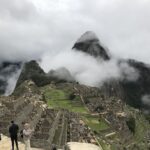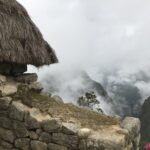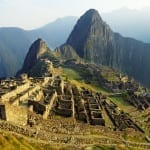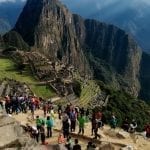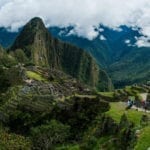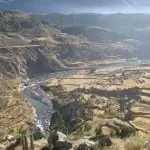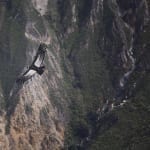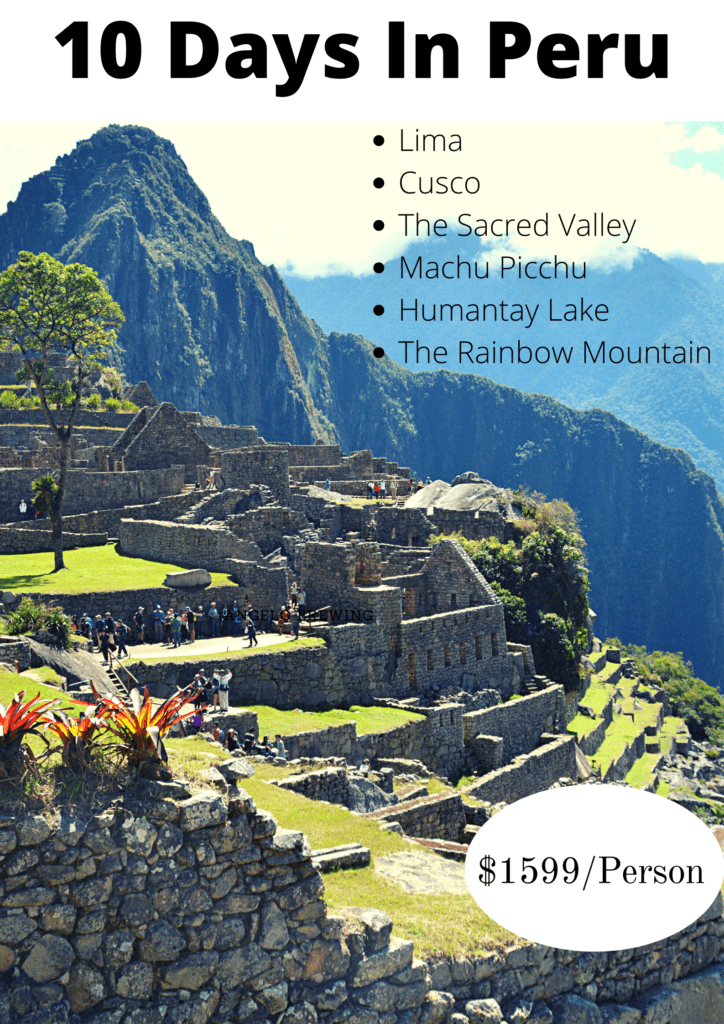The Tipon Ruins Near Cusco
James Bustamante is Native to New York but born to Peruvian parents. He has been traveling throughout Latin America since early 2003 and finally made his home in Peru. James has made his way by eating and traveling through almost every country in Central and South America.
Last Updated on March 5, 2021 by James Bustamante
The Tipon ruins are relatively unknown to most travelers, most will leave Cusco and probably have not heard about them.
There are many Incan buildings scattered around the highlands near Cusco, The Tipons ruins are definitely one of the more unknown and off-the-beaten path constructions you will find.
Traveling to Tipon can be a great way to start your highland trip before heading to the Machu Picchu hike.
The ruins are a walled-in, closed area where apparently, only the elite Inca nobility was allowed to enter.
Incan nobility would range from the Emperor himself to engineers, astronomers, and religious leaders just to name a few. This is a feature that the Tipon ruins seem to share with the Moray ruins and even Machu Picchu.
Location of the Tipon Ruins
Tipon is located in the Choquepata community in the district of Oropesa, Province of Quispicanchi. The exact distance is 14 miles (22km) to the South East of the city of Cusco.
The Tipon ruins are located at over 11,000 feet (3316 meters) above sea level however the highest point of these Inca ruins is set at 12,600 feet (3,850 meters) above sea level. This makes it a high elevation excursion so remember to acclimate first.
The Construction of The Tipon Ruins
The Tipon complex is said to be a special location for the Inca. This royal site and its majestic gardens are said to have been constructed by the 8th Inca kin Wiracocha.
The Tipon ruins are an archaeological site that is mainly made up of 12 terraces. Behind the 12 terraces, you can find giant stone walls and platforms which are decorated by ornamental waterfalls and aqueducts.
The Purpose of the Tipon Ruins
The 500-acre Tipon ruins are a testament to Inca’s engineering ability. The site consists of 12 central terraces, hundreds of smaller terraces, and waterworks for irrigation and religious ceremonies.
The Tipon ruins seemed to have been used for growing crops, religious practices and as a meeting group for the Inca elite. Scholars agree that the Tipon ruins served as a water shrine for the empire.
The Inca understood the importance of this valuable element when it came to health, crops, and of course, their religious ceremonies.
Inca Engineering and The Tipon Ruins
For a culture that did not have steel tools or used the wheel. The Incas were masters of civil engineering, not only are all the elements in Tipon functional but they are visually harmonious with the surroundings as well.
As soon as you arrive at the Tipon ruins, you immediately spot the giant wall in front of you, this outer wall is nearly 4 miles (6.4 km) long and 20 feet (6 meters) tall.
Part of the impressive Inca mastery over the terrain rests in the fact that they were able to both use surface water as well as groundwater as a source for the Tipon ruins.
In the Inca site, we can also find that there is a masterfully built aqueduct that carries surface water from a nearby source over 200 feet (61 meters).
The central terraces we find at the Tipon ruins were designed with temperature manipulation in mind. The way they were put together assists in managing cold winter nights and makes sure there is no frost build-up. The Inca depended heavily on their crops to feed their ever-increasing empire.
There are also houses at this archaeological Inca site. The ruins seem to have been able to accommodate up to 500 people at any given time. This included the Inca elite as well as the workers who were responsible for the manual labor.
The drainage system was also made with clever techniques and would ensure the central terraces would serve in the long term.
Advanced Irrigation Techniques
The Tipon ruins also feature hydraulic structures that form part of the terrace walls. This allowed the Inca to provide irrigation water from one terrace to another at a lower level.
The hydraulic system implemented by the Inca engineers in some parts had a 15 foot (4.5 meters) drop to the bottom. There was a little splash from the water due to the design techniques implemented, this would allow conserving as much water as possible.
They used, and perfected a technique called bifurcation in order to effectively send water in varying directions, this was one of the basic principles in their irrigation system.
The site is said to be older than the actual Tipon ruins, you can find petroglyphs that are thousands of years old at the top of the Tipon mountain.
What Else Can You See at Tipon?
The archeological complex can be divided into different sections that include the Tipon ruins, The Intihuatana, Pukutuyuj and Pucará, Cruz Moqo, the Pitupujio cemetery, and Hatun Wayqo.
Getting to The Tipon Ruins
You can visit the Tipon ruins during a Sacred Valley tour, it is included in the full-day hike which includes transportation, entrance tickets, the guide, and of course the guided tour. Alternatively, you can go on your own.
All you need to do is purchase a Cusco tourist pass for $60. After you have your pass you can head to the bus station in the city of Cusco and board the one heading to Tipon. The 40-minute bus ride will take you to the South East of Cusco.
Before Going to Tipon
The highest point in Tipon is around 12,000 feet (3,800 meters) so make sure you properly acclimate before taking this day trip for at least 1 full day.
We recommend taking sunblock as well as insect repellent and chapstick for protection against the harsh Andean sun. Even if it feels relatively cool the high elevation mixed in with the Sun can be detrimental to the skin.
Conclusion
Heading to the Tipon ruins can be a good way to begin your trip in Cusco, it is part of the Sacred Valley full day hike so you will visit various Inca ruins along the way. If you want to book this day tour as well as the Machu Picchu tour or any other destination, make sure to contact our travel advisers today.
Frequently Asked Questions About The Tipon Ruins
Where are the Tipon Ruins?
The Tipon Ruins are located 4 miles (22km) to the South East of the city of Cusco.
What is the elevation of Tipon?
The Tipon ruins are located at over 11,000 feet (3316 meters) in elevation but the highest point of these ruins is set at 12,600 feet (3,850 meters) in elevation.
What were the Tipon Ruins used for?
The elite Inca used the Tipon ruins as a place to grow crops, have religious ceremonies, and get together.
Can I visit Tipon on my own?
Yes, you can take a bus to Tipon and if you want, you can hire a guide right outside the complex.




